Flavour your food with some of the most exclusive and expensive ingredients from the world of exotic additives
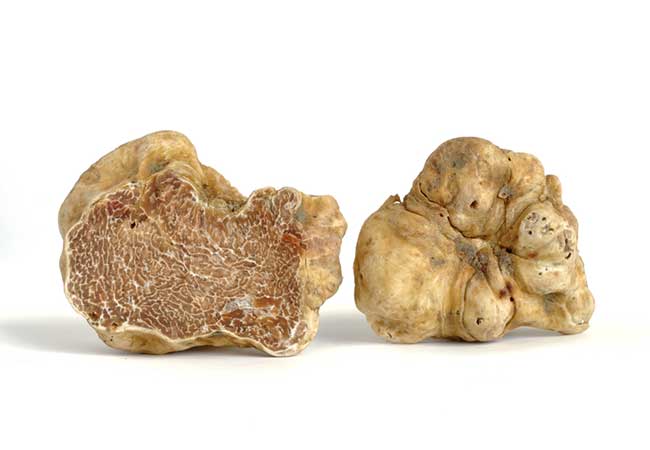 White Truffle
White Truffle
A truffle is described as the fruiting body of a subterranean fungus; but to classify this uber exclusive ingredient as a fungus does not take away the value placed on it by gourmands who have honed their palates to all things divine. Of special importance is the white variety, which has a unique nutty and savoury flavour. Its significance as a top food additive is not new. 18th century epicurean Jean Anthelme Brillat-Savarin called it the ‘diamond of the kitchen’. While ancient Romans believed it to have therapeutic and even aphrodisiacal properties, today it is its limited availability and its scope in transforming a dish into an exquisite item that has added to its prized tag.
Price: $5300 per kg
 Saffron
Saffron
Classified as the most expensive ingredient in the world, saffron has been upheld for its unique qualities in the health and food sector. Harvested from the saffron crocus flower, its price factor is reflective of the fact that the flower blooms but once a year and that it makes up only a small part the plant. One pound of saffron requires a whopping 75,000 flowers; besides harvesting is done manually, further pushing up the price.
Price: $3000 per kg
Vanilla
Vanilla as a flavouring ingredient is commonly used by bakers everywhere. But the store bought variety holds no candle to the pure variety that comes from a flower that is difficult to pollinate – it blooms for a couple of hours a year, making natural pollination extremely hard. It is the second most expensive ingredient in the world, after saffron, but is the most sought after item around the world. However, with the pure variety becoming costly, most rely on the extracts that are easily available across the counters.
Price: $600 per kg
 Kopi Luwak
Kopi Luwak
How, rather where this coffee comes from may not sound appetising, but the price does indicate its exclusivity. Also called civet coffee, it is made of part-digested coffee cherries collected from the dung of Asian palm civet. Fermentation happens when the cherries pass through the intestines of the civet; it is collected from the fecal matter of the cat and cleaned, roasted and ground. Apparently, it is this process that gives the beans its unique flavour. And since the procedure is complex, and since only 500 kilograms of coffee are collected a year, the price is, naturally high.
Price: $700 per kg
 Balsamic Vinegar
Balsamic Vinegar
Balsamic vinegar or the Aceto Balsamico Tradizionale is a condiment that is not easily available on the supermarket aisle. The true variety is made from white Trebbiano grapes that are boiled down to a must – must is the freshly crushed grape fruit juice that contains the skins, seeds and stems of the fruit. It is simmered slowly until it is reduced to about one-third of the volume and then placed in a barrel for 12 to 25 years, for the vinegar to acidify and age until it reaches the balance.
Price: $180 onwards (100ml)
 Swiftnest
Swiftnest
Some ingredients, like the civet coffee, boggles the mind. How in the world did humans learn about the value of such ingredients in culinary zone, is the big question. Swiftnest is another such ingredient. It is an edible bird’s nest, created by swiftlets using solidified saliva. The nests, made by male swallows, dissolve easily in the broth, giving it a gelatinous texture. These nests are found in caves and are not easy to source, adding to their costly status. Popular in Chinese culture, it is believed to promote health.
Price: $2,000 per kg
 Edible Gold
Edible Gold
Aficionados of gold jewellery might find the idea of eating gold a trifle superfluous, but the ones who love to indulge their palates to all things refined, would certainly want to savour edible gold. Used mainly in desserts, cocktails and in appetisers for their decorative appeal, edible gold is available in flakes, powder form and in sheets.
Price: $63 onwards per gram

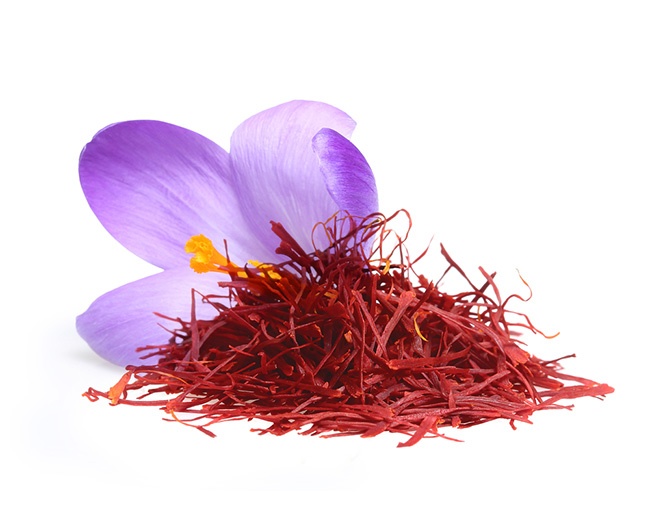 Saffron
Saffron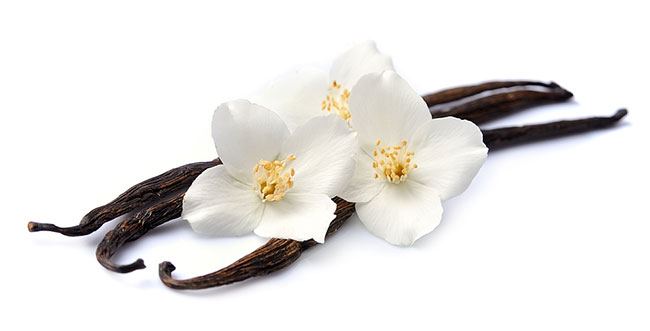
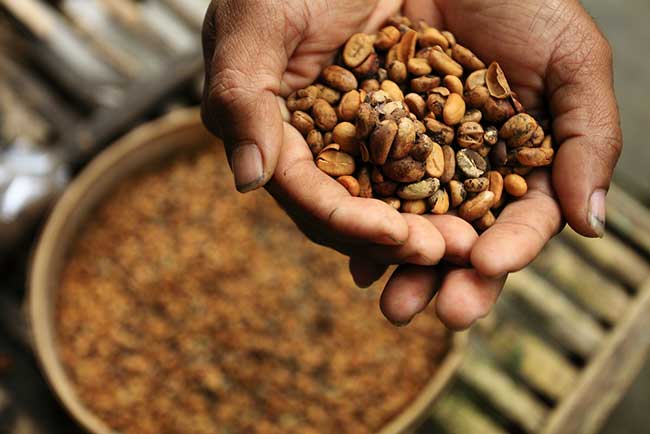 Kopi Luwak
Kopi Luwak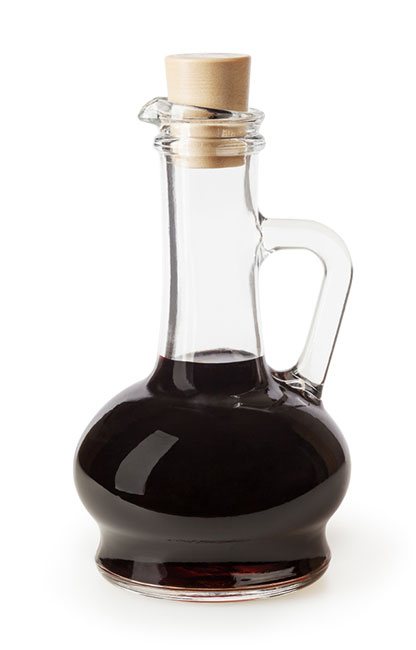 Balsamic Vinegar
Balsamic Vinegar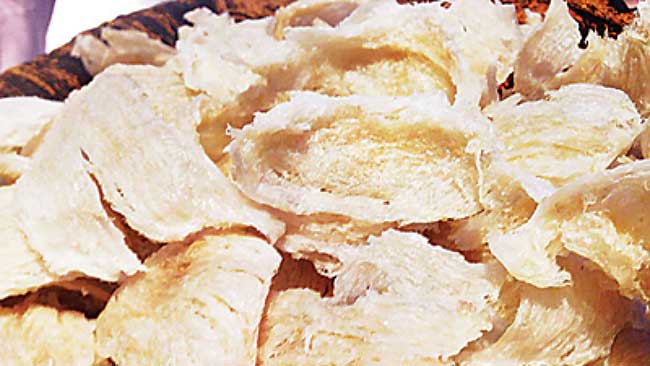 Swiftnest
Swiftnest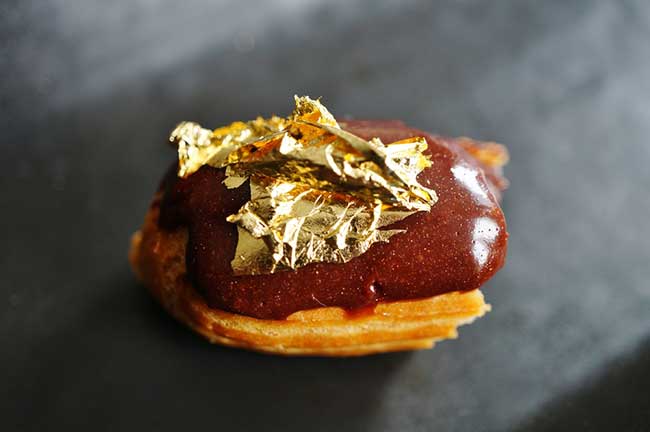 Edible Gold
Edible Gold